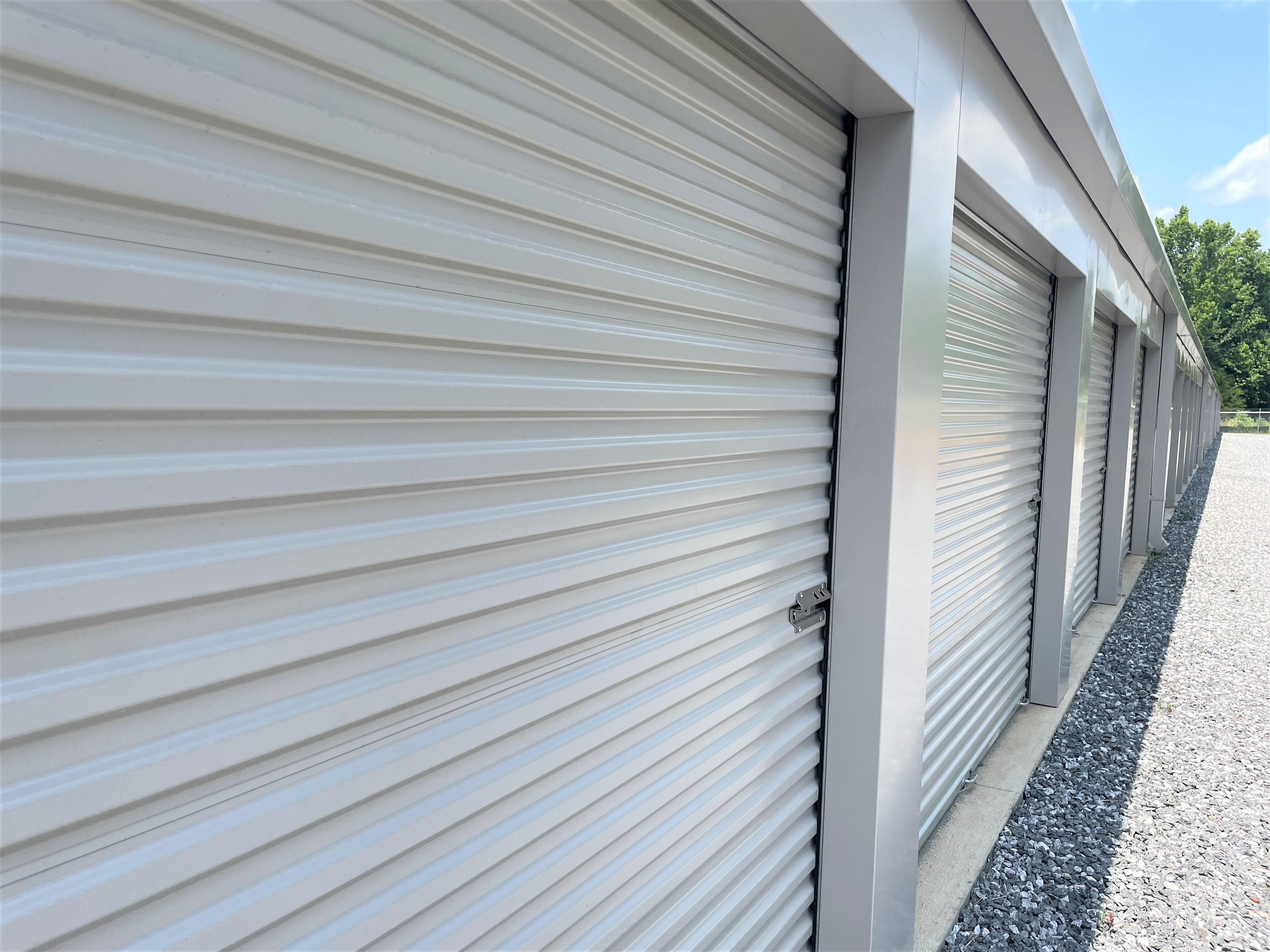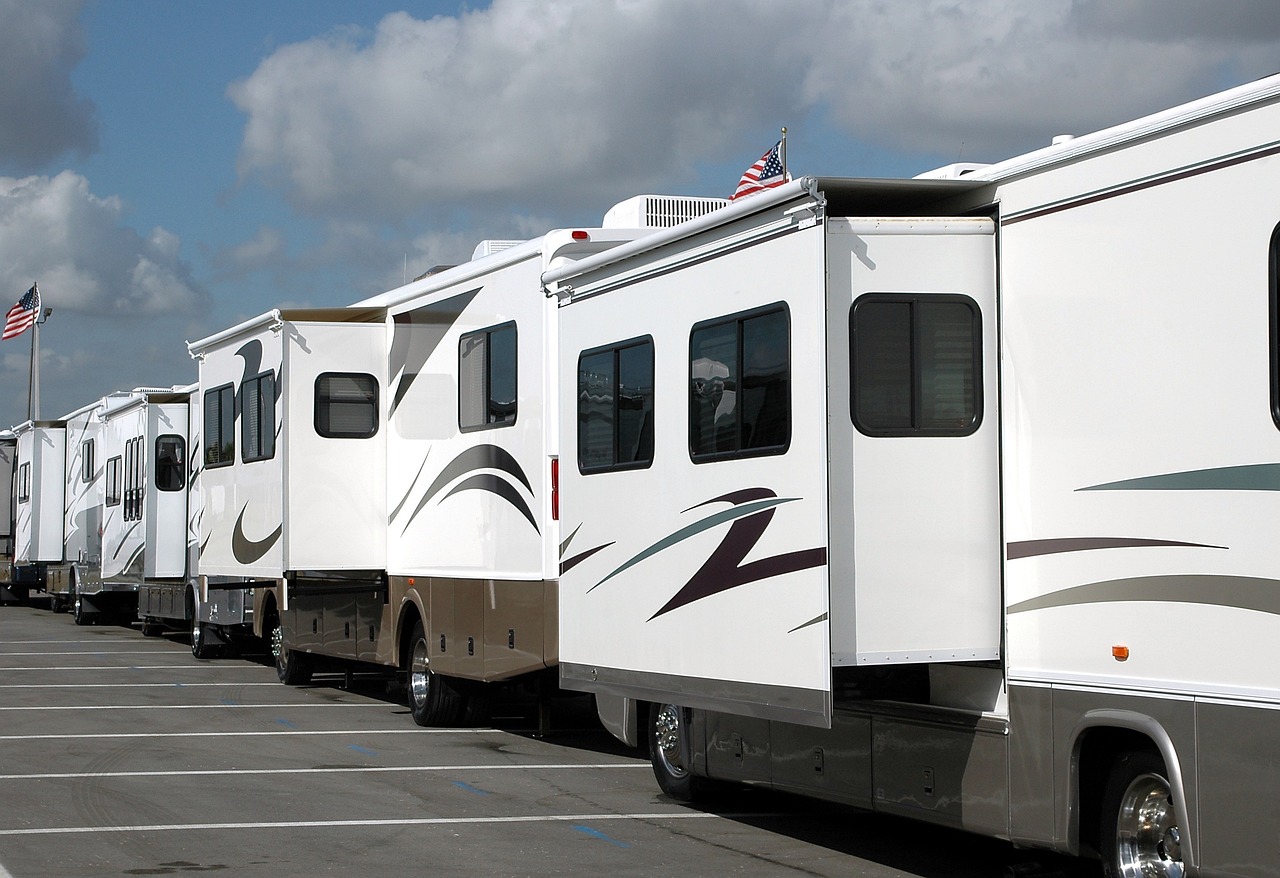
After searching for an outdoor storage unit near me and found the perfect storage location, now you are ready to pack up and move your items into the unit! Properly packing your household items and furniture for storage in the fall will help protect them from the changing weather conditions and potential hazards. Here are step-by-step instructions on how to pack your belongings:
1. Gather Packing Supplies:
Obtain sturdy boxes and containers in various sizes.
Purchase packing tape, bubble wrap, packing paper, furniture blankets, and plastic wrap.
Acquire labels, markers, and inventory sheets for tracking.
2. Clean and Dry:
Clean all items thoroughly to prevent mold, mildew, or odors while in storage.
Ensure items are completely dry before packing
3. Dissemble Furniture:
If possible, disassemble large furniture items like tables, chairs, and bed frames to save space and protect delicate components.
Keep all screws, bolts, and assembly instructions in a labeled bag.
4. Protect Fragile Items:
Wrap fragile items, such as dishes, glassware, and artwork, in bubble wrap or packing paper.
Use dividers or cardboard separators within boxes to prevent items from touching.
5. Wrap and Protect Furniture:
Cover furniture with furniture blankets or padding to shield it from dust, dirt, and potential scratches.
Use plastic wrap to secure the covering in place.
6. Use Proper Packing Techniques:
Place heavier items at the bottom of boxes and lighter items on top.
Fill boxes to capacity to prevent them from collapsing and stackable evenly.
Label boxes with their contents and destination room.
7. Wrap Mattresses and Upholstered Furniture:
Use mattress covers or plastic bags to protect mattresses from dust and moisture.
Cover upholstered furniture with plastic or fabric covers to keep them clean and dry.
8. Use Wardrobe Boxes:
Wardrobe boxes come with built-in hangers and are ideal for storing clothing. Hang clothes directly in these boxes to keep them wrinkle-free.
Seal boxes with packing tape to prevent dust and pests from getting inside.
Reinforce the bottoms of boxes with extra tape for added stability.
9. Consider purchasing insurance for your stored items to provide additional protection.
By following these steps and ...
Hideaway Self Storage
September 27th, 2023



_06012023182535974.jpg)
